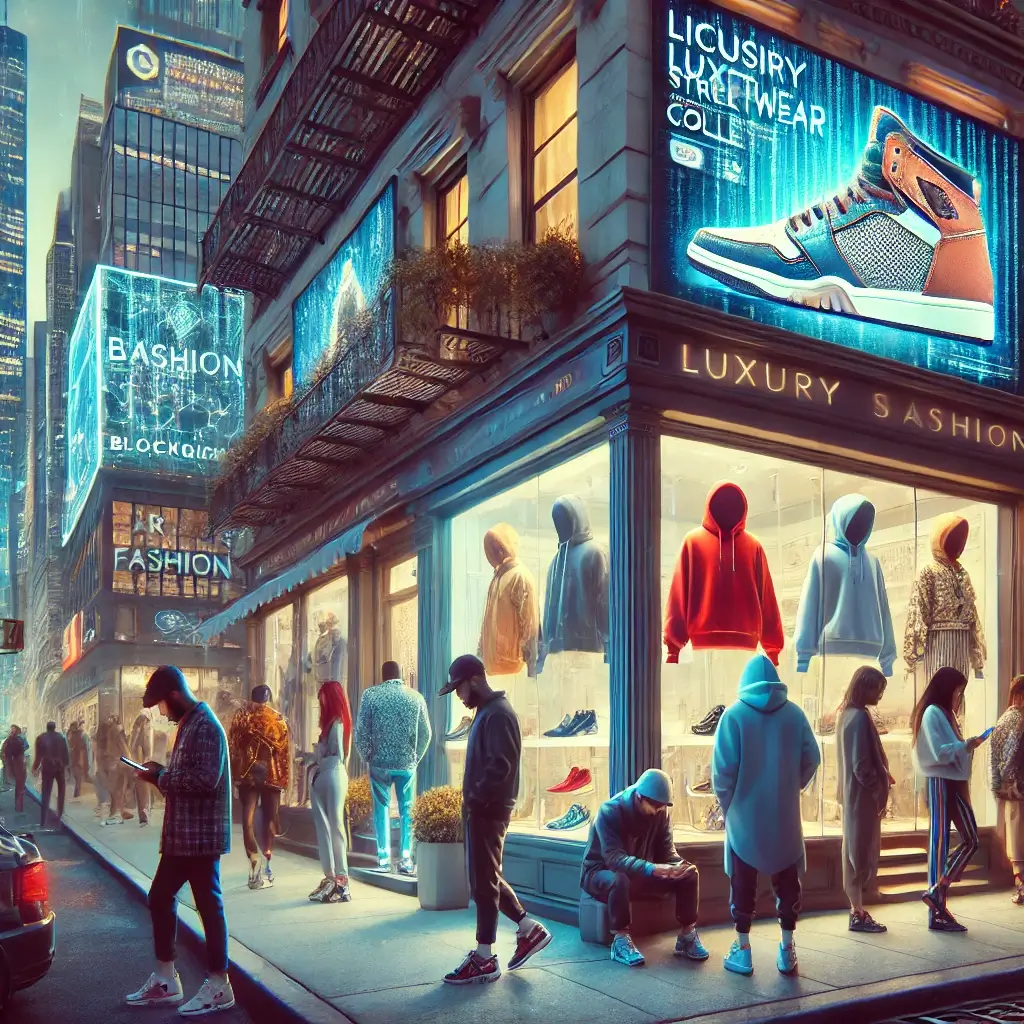The New Era of Fashion Industry Transformation
The convergence of luxury fashion and streetwear has ushered in a new era for the fashion industry, blending exclusivity with cultural relevance. This phenomenon has evolved into a global movement, where the traditional boundaries of high-end fashion dissolve to embrace the dynamic ethos of street culture. Central to this transformation is the strategy of limited edition collections, a concept that has revolutionized consumer behavior, brand positioning, and market dynamics.
Principles of Scarcity and Consumer Behavior
Limited edition collections leverage the principles of scarcity and exclusivity, fostering a sense of urgency among consumers. These collections not only elevate brand prestige but also redefine value perception in an industry increasingly driven by social capital. As observed in Morgan Stanley’s 2024 Luxury Market Analysis, limited edition luxury streetwear now accounts for approximately 30% of total market growth, with appreciation rates often exceeding 125% in the first year post-release. This strategy exemplifies the intersection of art, commerce, and cultural significance, making it a compelling subject for both investors and cultural commentators.
Mechanisms Behind Limited Edition Success
In this article, we will delve into the mechanisms behind the success of limited edition strategies, explore their impact on primary and secondary markets, and discuss how digital integration and community engagement amplify their appeal. By examining the latest investment research and current events, we aim to provide a comprehensive understanding of this pivotal trend.
Investment Research and Current Events
Luxury streetwear has become a significant investment category, driven by its robust appreciation rates and cultural relevance. Recent reports, such as the Business of Fashion Intelligence Unit’s analysis, highlight the economic and social forces propelling this trend. For instance, collaborations like Louis Vuitton and Supreme set benchmarks, with initial releases appreciating by over 150% in secondary markets (Business of Fashion Intelligence Report, 2024).
Digital Integration in Fashion Market
In 2024, digital integration has emerged as a game-changer. Blockchain technology for instance, has been employed to authenticate limited editions, ensuring transparency and reducing counterfeit risks. Platforms like StockX and GOAT have amplified market liquidity, allowing collectors and investors to trade high-value items seamlessly. These developments align with growing consumer demand for digital-first experiences and heightened authentication standards (StockX Market Performance Data, 2024).
Cultural Relevance in Brand Positioning
Cultural relevance also plays a pivotal role. Recent collaborations between Gucci and streetwear artist Trevor Andrew (a.k.a. GucciGhost) exemplify how brands harness cultural movements to maintain relevance. These collections, often tied to significant events or themes, drive engagement and cement a brand’s position within contemporary culture (McKinsey Fashion Market Review, 2024).
Beyond Primary Markets to Secondary Market Opportunities
Moreover, the performance of limited editions extends beyond primary markets. The secondary market offers robust investment opportunities. Data from the Journal of Luxury Research Quarterly (2024) reveals that sought-after collaborations often appreciate by 200-300% within five years, underscoring the economic potential of this niche. Authentication and condition remain crucial factors, with authenticated pieces commanding premiums of up to 35% over non-authenticated items.
Technological Advancements in the Luxury Sector
Technological advancements have further transformed how brands and investors approach limited editions. Augmented reality (AR) tools, such as Gucci’s virtual try-on experiences, enhance consumer engagement, while blockchain-based digital twins add a layer of security and transparency. These innovations cater to tech-savvy consumers who prioritize authenticity and convenience (Digital Luxury Group Market Study, 2024).
Cultural Milestones in Contemporary Art and Fashion
On the cultural front, limited editions often serve as milestones in contemporary art and fashion. The 2024 collaboration between Supreme and celebrated artist Damien Hirst generated significant media buzz, highlighting how these releases intersect with broader cultural trends. Such collaborations not only generate immediate sales but also establish long-term cultural capital, making them attractive investment opportunities (Hypebeast Market Intelligence Data, 2024).
Redefining the Luxury Streetwear Landscape
The limited edition strategy has redefined the luxury streetwear landscape, merging cultural resonance with economic opportunity. Through controlled scarcity, innovative digital tools, and strategic partnerships, brands craft collections that captivate both consumers and investors. By leveraging technology, community engagement, and cultural relevance, luxury streetwear continues to evolve as a powerful force within the fashion industry.
The Future of Luxury’s Evolution
As this market segment matures, it remains a cornerstone of luxury’s evolution, offering unique opportunities for engagement and growth. For both collectors and investors, understanding the nuances of limited editions is essential to capitalizing on their potential. By studying market trends and leveraging advanced technologies, stakeholders can navigate this dynamic industry with confidence and foresight.
References and Market Data
Morgan Stanley Luxury Market Analysis 2024
Business of Fashion Intelligence Report 2024
Luxury Institute Limited Edition Study 2024
McKinsey Fashion Market Review 2024
Hypebeast Market Intelligence Data 2024
StockX Market Performance Data 2024
Journal of Luxury Research Quarterly 2024
Digital Luxury Group Market Study 2024

Dominic E. is a passionate filmmaker navigating the exciting intersection of art and science. By day, he delves into the complexities of the human body as a full-time medical writer, meticulously translating intricate medical concepts into accessible and engaging narratives. By night, he explores the boundless realm of cinematic storytelling, crafting narratives that evoke emotion and challenge perspectives. Film Student and Full-time Medical Writer for ContentVendor.com




